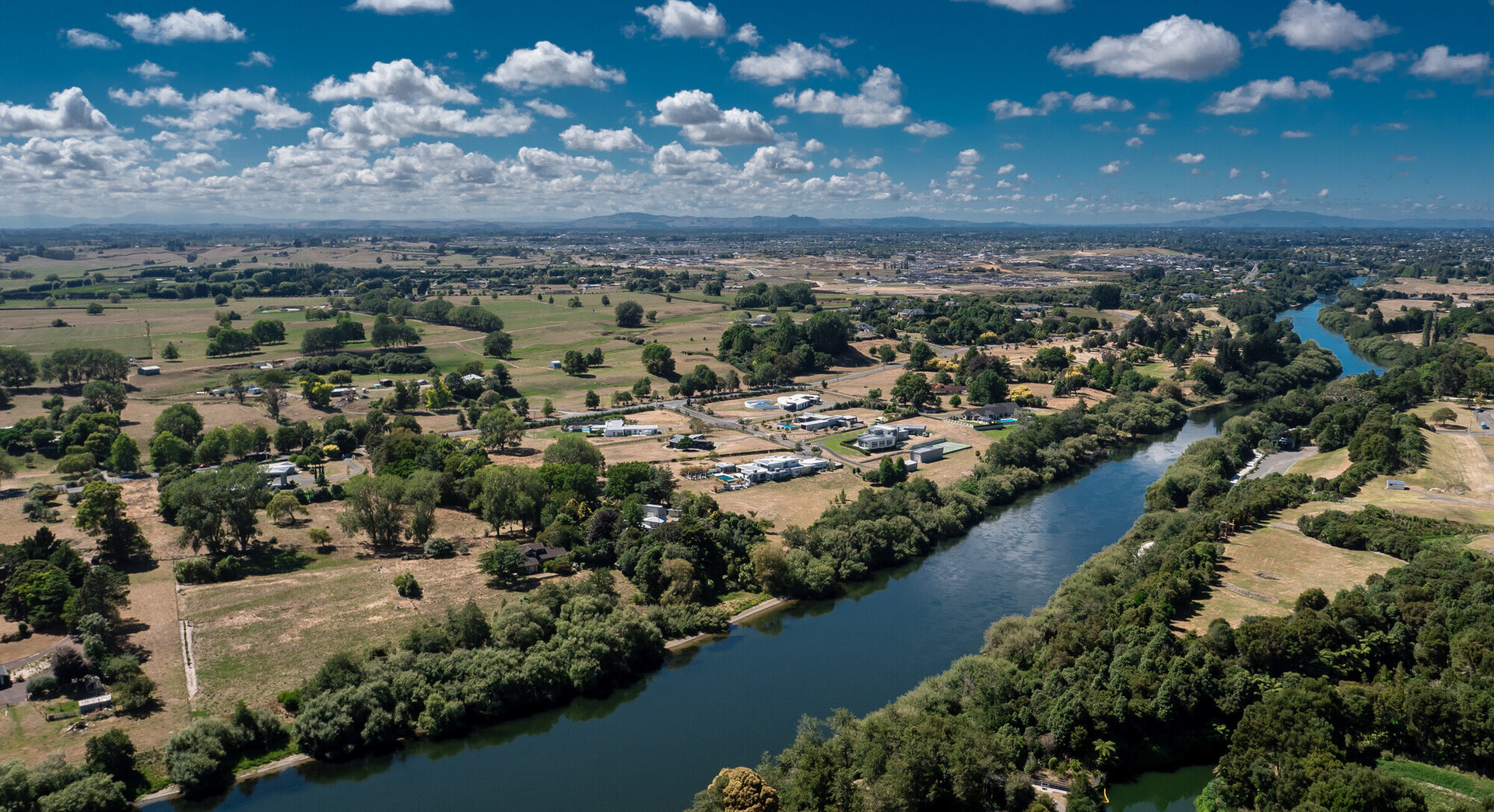The importance of good regional spatial planning
Working together on a problem is almost always better than working in isolation. And that’s certainly true when it comes to regional spatial planning.
But first, what is a spatial plan? Well, it’s basically a masterplan for our region. It sets out the long-term issues, opportunities and challenges for development and the environment.
The Hamilton-Waikato Metropolitan Spatial Plan was approved by the Future Proof Implementation Committee in September 2020. But does it need to look wider than the area it covers?... Hamilton at the core of the metropolitan area, extending north to Taupiri and south to Cambridge and Te Awamutu.
Good spatial planning means having conversations beyond our borders and further afield in our region. A wider regional spatial plan is our opportunity to best plan for our long-term future to maintain and improve what it means to live here as we grow and move around. It should articulate a bold vision that doesn’t just look at what tomorrow could be, but far, far beyond. We don’t have a crystal ball to consult, but we should be thinking as much as 100 years out when it comes to spatial planning to ensure that the next generations see our region as a place they want to live and raise their families.
Here in the Waikato, we have a lot of green space, including some unique areas of ecology. We have the opportunity to create a masterplan that will enable us to navigate people and goods around and through the region using well-developed transport corridors, identify existing and new areas for growth and urbanisation, while protecting and enhancing our unique ecology.
Let’s look at the transport side of things first. It’s imperative that we we’re thinking and planning for moving people and goods using road and rail and what that could and should look like in the immediate and longer term future. What of our rail network? We know that electrification of our rail network would be a game changer in terms of productivity and emissions. So too would adding additional tunnels through the Kaimais to better facilitate the movement of goods between our network of ports.
Our natural geography and ecology are important and how we protect and enhance that should feature strongly in a regional masterplan. Take Maungatautari as an example. It is the largest mainland fenced project in New Zealand. A 47-kilometre pest-proof fence protects many of our most endangered species such as birds, skinks, geckos, frogs, bats and insects among the ancient forest. It is a stellar example of what we can achieve when it comes to protecting our natural environment while also creating an offering that has tourism benefits.
The Waikato is New Zealand’s third fastest growing region, up 2.3% between 2022 and 2023. Of course it is! Why wouldn’t people want to move here to take advantage of the superb amenities and lifestyle we have to offer. We have stunning landscapes, diverse geography that lends itself to a wide range of outdoor pursuits, strong community spirit, an abundance of research and educational opportunities and plenty of business prospects in what is a relatively buoyant economy even on the back of Covid.
Our neighbours in Auckland and the Bay of Plenty are on a rapid growth trajectory too. So, it’s more important than ever that local government is having conversations about regional spatial planning and that our conversations reach beyond our borders. Take interregional transport, for example. We need bold thinking about what that should look like both in the short and long-term and from a productivity perspective. We have an opportunity to work together to support and unlock the potential of the Waikato.
The Waikato Regional Council has funding in our Long Term Plan for spatial planning and led the Hamilton-Waikato Metro Spatial Plan. The Mayoral Forum has agreed regional spatial planning is a priority. We know that by working together on that we will get better results for our region. Better transport, better productivity, better investment, a better place to live, work and play not only for our generation but for those who will come after us.

